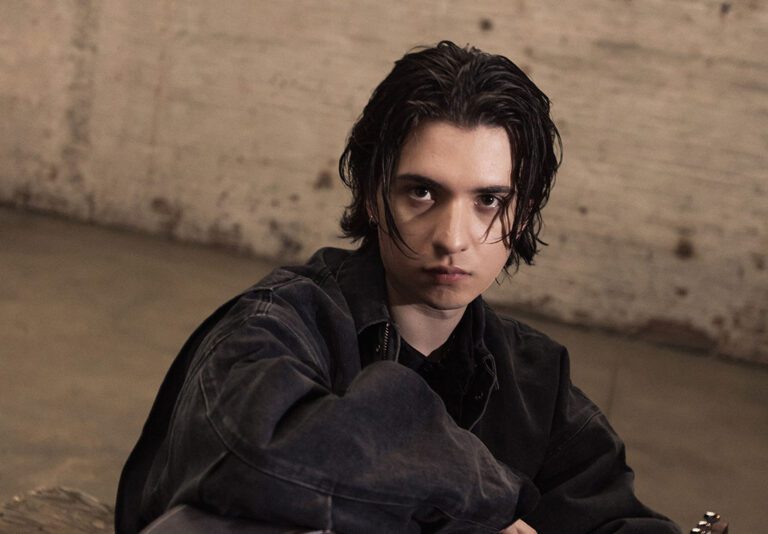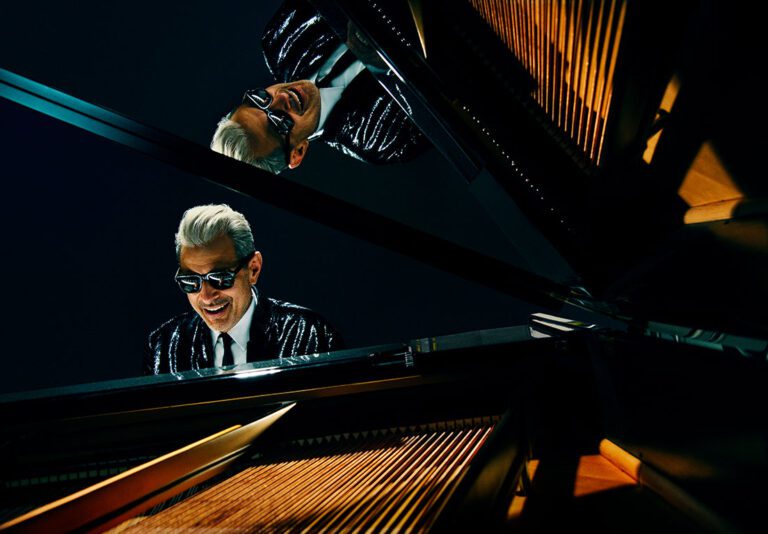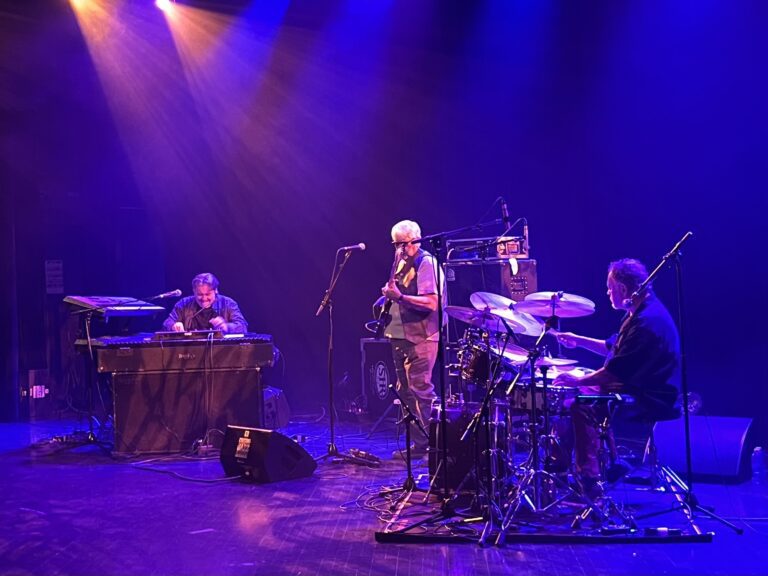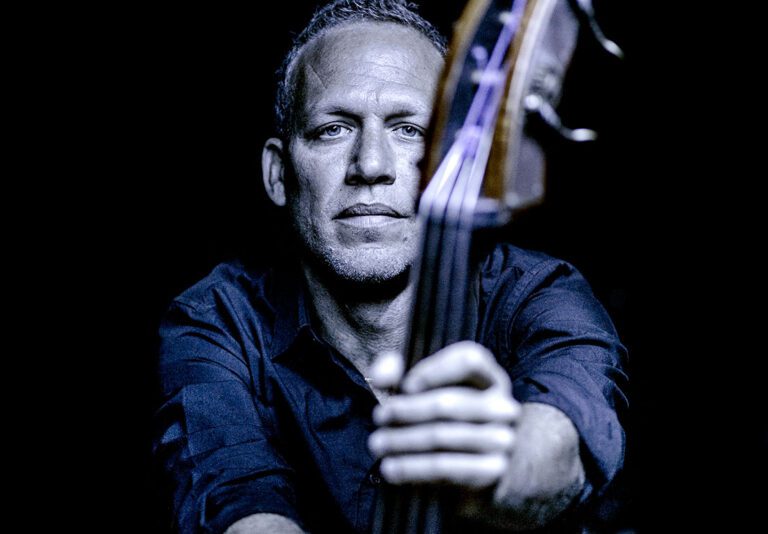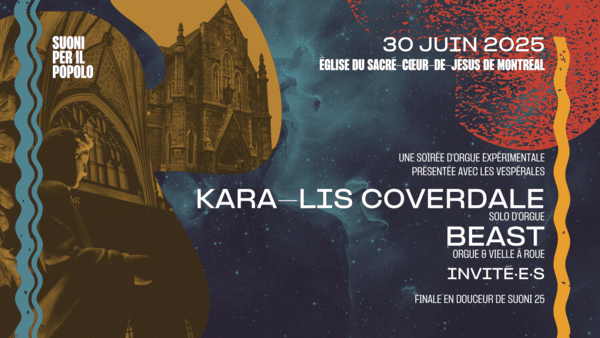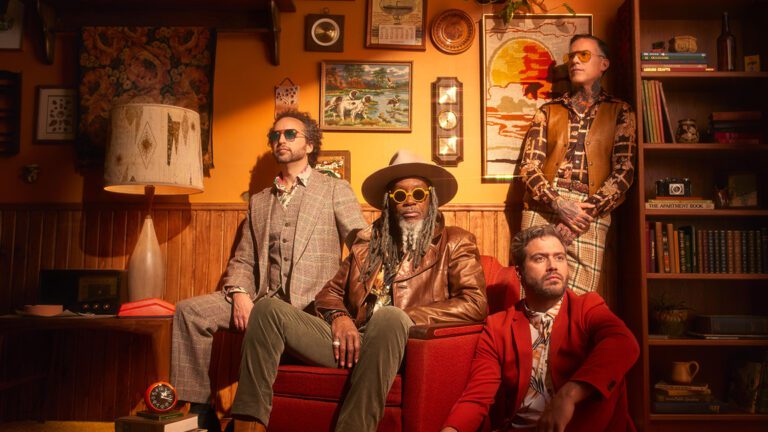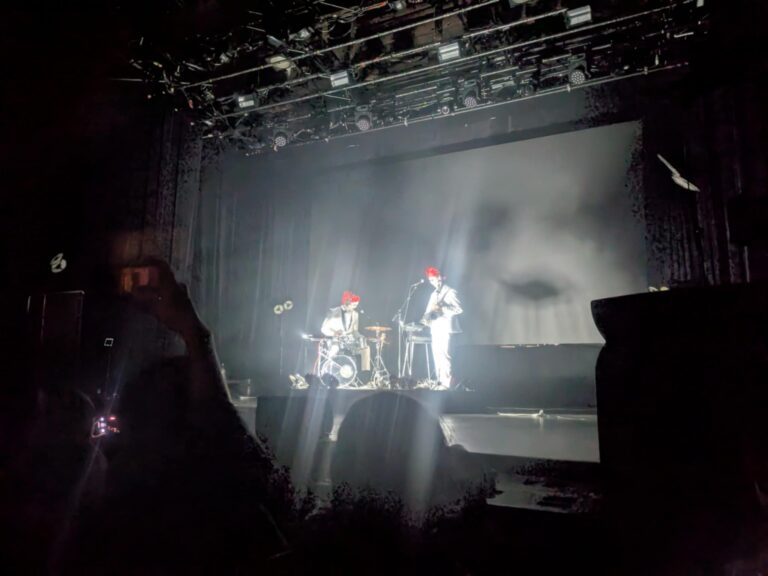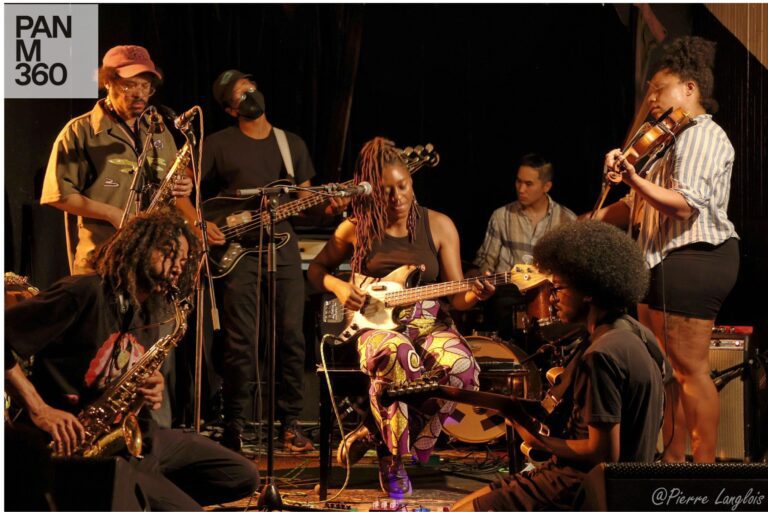Scène Fizz
BisouBizou (16h)
BisouBizou est une DJ montréalaise connue pour ses sets enchanteurs caractérisés par un mélange éthéré de genres. Elle apporte une atmosphère éblouissante et dynamique à ses performances. Elle ne cherche qu’à répandre de bonnes vibrations.
BisouBizou is a Montreal-based DJ known for her enchanting sets characterized by an ethereal blend of genres. She brings a dazzling and dynamic atmosphere to her performances. Curating and spreading good vibes only.
Suray Sertin (18h)
Suray Sertin est un producteur de disques originaire de Montréal, au Canada. Avec son mélange unique de house, garage, r&b et pop, il crée un son à la fois frais et intemporel. Sa musique est une combinaison artistique d’éléments musicaux et de textures, résultant en une expérience immersive et énergique qui captive les sens. Le son frais de Suray a attiré l’attention de poids lourds de la scène électronique, tels que Zeds Dead, qui l’ont mis en avant sur leur label Altered States, ainsi que des conservateurs de playlists des principaux labels de danse. les curateurs de playlists des principaux labels de danse. Avec le soutien de ces leaders de l’industrie, ainsi que de l’industrie, ainsi que des placements de synchronisation avec EA Sports, Nike et CBC Television, il consolide sa présence dans l’industrie.
Suray Sertin is a record producer hailing from Montreal, Canada. With his unique blend of house, garage, r&b, and pop, he creates a sound that is both fresh and timeless. His music is an artful combination of musical elements and textures, resulting in an immersive and energetic experience that captivates the senses. Suray’s fresh sound has caught the attention of heavyweights in the electronic music scene, such as Zeds Dead, who have featured him prominently on their Altered States record label, along with playlist curators across major dance labels. With backing from these industry leaders, as well as earning sync placements with EA Sports, Nike, and CBC Television, he is solidifying his presence in the industry.
AYYBO (19h30)
Aaron Bonnema, plus connu sous le nom d’AYYBO, émerge rapidement en tant que phénomène mondial de la musique house d’Anaheim, en Californie. Sa carrière, marquée par des concerts à guichets fermés dans de grandes villes comme New York, Chicago, Miami, Denver, San Diego, Portland et Austin, met en évidence sa grande capacité d’attraction et sa présence dynamique sur scène. Dès son plus jeune âge, influencé par le jazz et le hip hop, AYYBO a développé ses compétences rythmiques au sein de la drumline du lycée – une base qui a enflammé sa passion pour le son. Sa transition vers la musique house se caractérise par un mélange unique de sous-genres, créant des sets qui résonnent bien au-delà de la scène tech house américaine traditionnelle. de la scène tech house américaine traditionnelle.
Aaron Bonnema, better known as AYYBO, is rapidly emerging as a global house music
phenomenon from Anaheim, California. His career, marked by sold-out headline shows in major cities like New York, Chicago, Miami, Denver, San Diego, Portland, and Austin, highlights his wide appeal and dynamic stage presence. From a young age, influenced by jazz & hip hop, AYYBO developed his rhythmic skills on the high school drumline — a foundation that ignited his passion for sound. His transition to house music features a unique blend of subgenres, creating sets that resonate far beyond the traditional American tech house scene.
Scène Banque Nationale
Nasty Gloss (16h)
Nastygloss est un DJ/artiste né et élevé à Montréal. Avec une passion audacieuse pour le mix de genres avant-gardistes comme l’EDM, le hard groovy et le ghetto tech, Nastygloss redéfinit la scène musicale, un beat à la fois. Laisse-toi emporter par l’énergie, ressens la basse et embarque dans un voyage électrisant où les beats ne s’arrêtent jamais et la fête ne finit jamais.
Nastygloss is a DJ/artist born and raised in Montreal. With a fearless passion for mixing cutting-edge genres like EDM, hard groovy, and ghetto tech, Nastygloss is redefining the music scene one beat at a time. Embrace the energy, feel the bass, and let Nastygloss take you on a wild ride where the beats never stop and the party never ends.
Awwful (17h45)
Co-fondateur·ice des soirées queer montréalaise Unikorn, Awwful est connu·e pour ses DJ sets à haute intensité qui mélangent eurodance, hyperpop et musique de club déconstruite avec des hits de bubblegum pop. En tant que producteur·ice, auteur·ice-compositeur·ice et chanteur·euse, son travail est bien plus introspectif, intégrant des textures et tonalités issues du club pour créer des chansons de la coeur.
Co-founder of Montréal queer club nite/rave series Unikorn, Awwful is known for their hi-octane DJ sets that blend eurodance, hyperpop and deconstructed club music with bubblegum pop hits. Their work as a producer, songwriter and vocalist is decidedly more introspective, borrowing textures and tones from the club to craft songs from the heart.
Only Fire (19h30)
Only Fire est un producteur de musique, auteur-compositeur et DJ de 25 ans originaire de Zagreb, en Croatie. Ses rythmes explosifs et ses hymnes prêts à l’emploi utilisent une voix robotique à la Siri, s’exprimant avec des phrases et des métaphores hyper-sexuelles hilarantes, qui ont été écoutées plus de 25 millions de fois rien que sur Spotify.
En 2022, Only Fire a entamé sa première tournée aux côtés de SHYGIRL, assurant la première partie de sa tournée au Royaume-Uni pendant six dates. Depuis, il a participé à de nombreux événements de premier plan, notamment Electric Forest, Boiler Room Festival, LadyLand Festival et Standon Calling. Son single avec Brooke Candy, l’explosif « Yoga », a été nommé l’une des meilleures chansons de 2022 par Dazed et il a ensuite été inclus dans la Dazed100 Class of 2023 en tant que musicien à suivre.
Only Fire is a 25 year old music producer, songwriter and DJ hailing from Zagreb, Croatia. His explosive beats and club-ready anthems use a signature Siri-esque robo-voice, speaking in hilarious hyper-sexual phrases and metaphors, amassing over 25 millions streams on Spotify alone.
In 2022, Only Fire embarked on his first tour alongside SHYGIRL, supporting her headline tour in the UK for 6 dates. Since then, he has played a number of marquee events including Electric Forest, Boiler Room Festival, LadyLand Festival and Standon Calling. His single with Brooke Candy, the explosive “Yoga”, was named one of the best songs of 2022 by Dazed and he was later included in the Dazed100 Class of 2023 as a musician to watch.
POUR ACHETER VOTRE BILLET, C’EST ICI!
Ce contenu provient du Piknic Électronik et est adapté par PAN M 360

